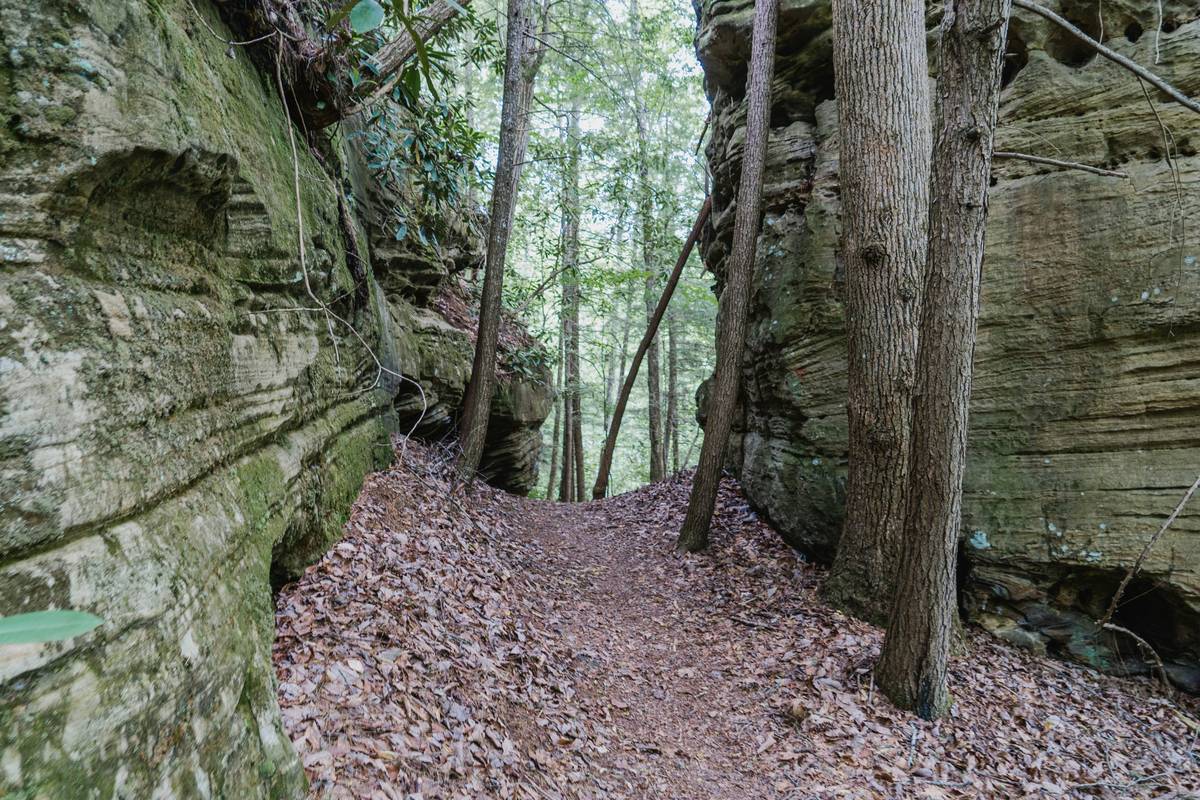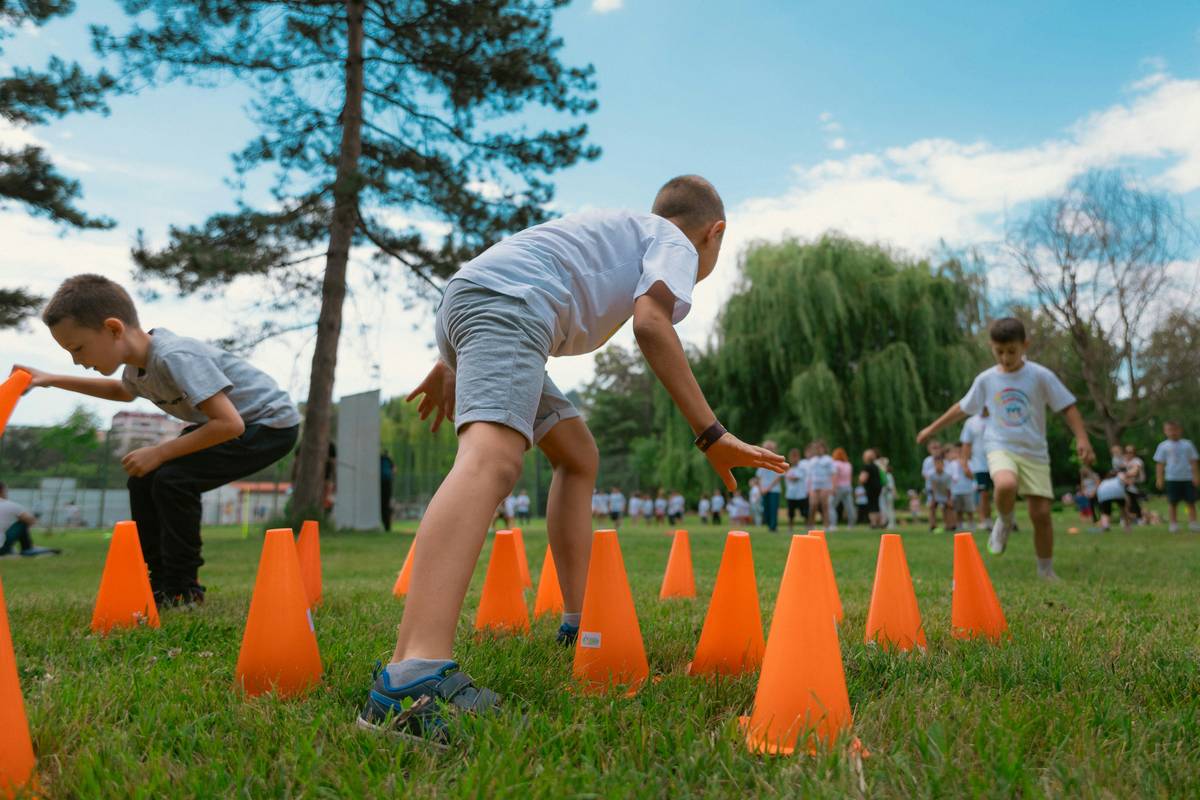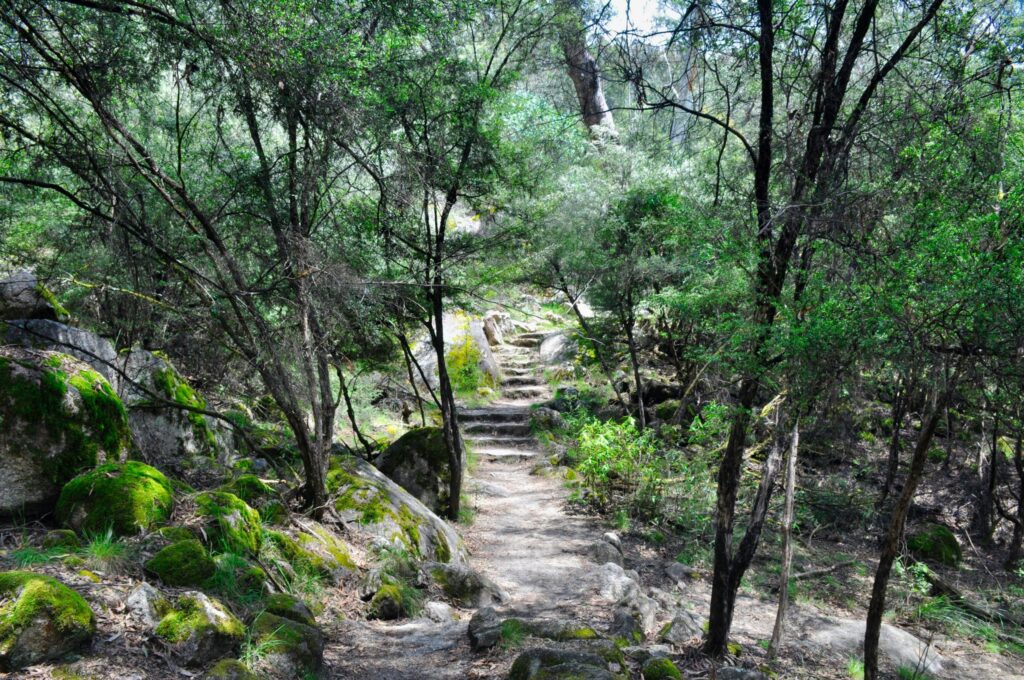Ever wondered why your treadmill workouts feel like a snooze-fest while losing weight? Yeah, us too. Turns out, strapping on some hiking boots and heading outdoors might just be the ultimate secret weapon for shedding pounds. In this post, we’ll explore how Walking in Nature can turbocharge your weight loss journey while making you healthier and happier. Ready to swap treadmills for trails? Let’s dive in.
Table of Contents
- Why Walking in Nature Matters for Weight Loss
- How to Get Started with Hiking as Exercise
- Pro Tips for Successful Hiking Workouts
- Real-Life Success Stories: Hikers Who Crushed Their Goals
- FAQs About Hiking and Weight Loss
Key Takeaways
- Hiking burns more calories than walking indoors due to uneven terrain and elevation changes.
- Walking in Nature boosts mental health, which keeps motivation high for consistent exercise.
- Small habits, like starting with short hikes, build into sustainable fitness routines over time.
Why Walking in Nature Matters for Weight Loss
“Optimist You:” “A scenic hike sounds fun AND effective!”
Grumpy You: “Yeah, but what’s so special about it compared to my trusty gym routine?”
Let’s break it down. Research shows that walking in nature doesn’t just burn calories—it supercharges them. For example, a 45-minute hike through hilly terrain can torch up to 500 calories, depending on your body weight and pace. Compare that to an indoor walk where flat surfaces make your muscles work less efficiently.

Here’s a juicy stat: According to the Harvard T.H. Chan School of Public Health, people who engage in outdoor activity report higher energy levels—and maintain their exercise regimen longer—than those stuck inside gyms or on machines. Plus, nature’s calming effects reduce stress hormones like cortisol, which are notorious for causing fat retention.
Confession alert: I once tried power-walking laps around my neighborhood block thinking it was “close enough” to hiking. Spoiler—it wasn’t. My knees got bored, my mind wandered off to Netflix land, and I ditched the plan within two weeks. Then I discovered trails near me, and everything changed.
How to Get Started with Hiking as Exercise
If you’re picturing professional climbers scaling mountains, stop right there. Hiking doesn’t have to mean risking life and limb in remote wilderness areas. It starts small—with intentionality and preparation.
Step 1: Choose Your Trail Wisely
- Beginner-Friendly Trails: Look for paths labeled “easy” or “moderate.” These usually feature well-marked routes without extreme inclines.
- TrailFinder Tools: Apps like AllTrails let you filter by difficulty level, distance, and user reviews.
Step 2: Gear Up (No, Not $500 Boots Needed)
- A decent pair of sneakers works until you’re ready to upgrade to lightweight hiking shoes.
- Pack essentials: water bottle, sunscreen, snacks, and maybe a playlist if you need tunes.

Step 3: Set Realistic Expectations
Don’t expect to hike 10 miles straight outta nowhere unless you want blisters worse than freshman-year flip-flop regret. Start slow—aim for 30 minutes to an hour per session—and gradually increase intensity.
Pro Tips for Successful Hiking Workouts
Alright, buckle up because these tips are chef’s kiss perfection for nailing your new hiking habit:
- Mix It Up: Alternate between different terrains—flat dirt paths one day, rocky hills the next—to keep things fresh.
- Add Intervals: Sprint uphill then recover at a slower pace downhill. This boosts heart rate variability for maximum fat burning.
- Eat Smart Afterward: Fuel your body post-hike with protein-packed snacks like Greek yogurt or nuts.
But wait—here’s a terrible tip nobody should follow: Ignore hydration during hikes. Seriously, don’t do this. Dehydration leads to cramps, fatigue, and potentially dangerous situations. Bring. Water.
Real-Life Success Stories: Hikers Who Crushed Their Goals
Meet Sarah, a busy mom from Colorado who dropped 25 pounds hiking trails every weekend. “It wasn’t just physical,” she says. “Being outside made me feel alive again. Losing weight felt like a bonus.”

Or take Jake, a former couch potato turned avid hiker. He started with local parks before tackling national forest trails. His secret? Accountability buddies. Now he organizes group hikes and inspires others along the way.
FAQs About Hiking and Weight Loss
Q: How many times a week should I hike?
A: Aim for 2–3 sessions weekly to see consistent progress without overwhelming yourself.
Q: Can beginners lose weight hiking?
A: Absolutely! As long as you move consistently and challenge yourself slightly each time, weight loss is achievable.
Q: What if I live far from natural areas?
A: Urban green spaces count! Find nearby botanical gardens, riverfront paths, or even large public parks.
Conclusion
Hiking isn’t just another form of cardio; it’s therapy for both body and soul. Whether you’re chasing aesthetic goals or seeking balance in life, embracing Walking in Nature could redefine your approach to fitness entirely. So grab those sneakers, find a trail, and remember—the only bad hike is the one you skipped!
And now, as promised, here’s your nostalgia fix:
Haiku vibes incoming—
Nature calls, feet hit the trail,
Tamagotchi style.


